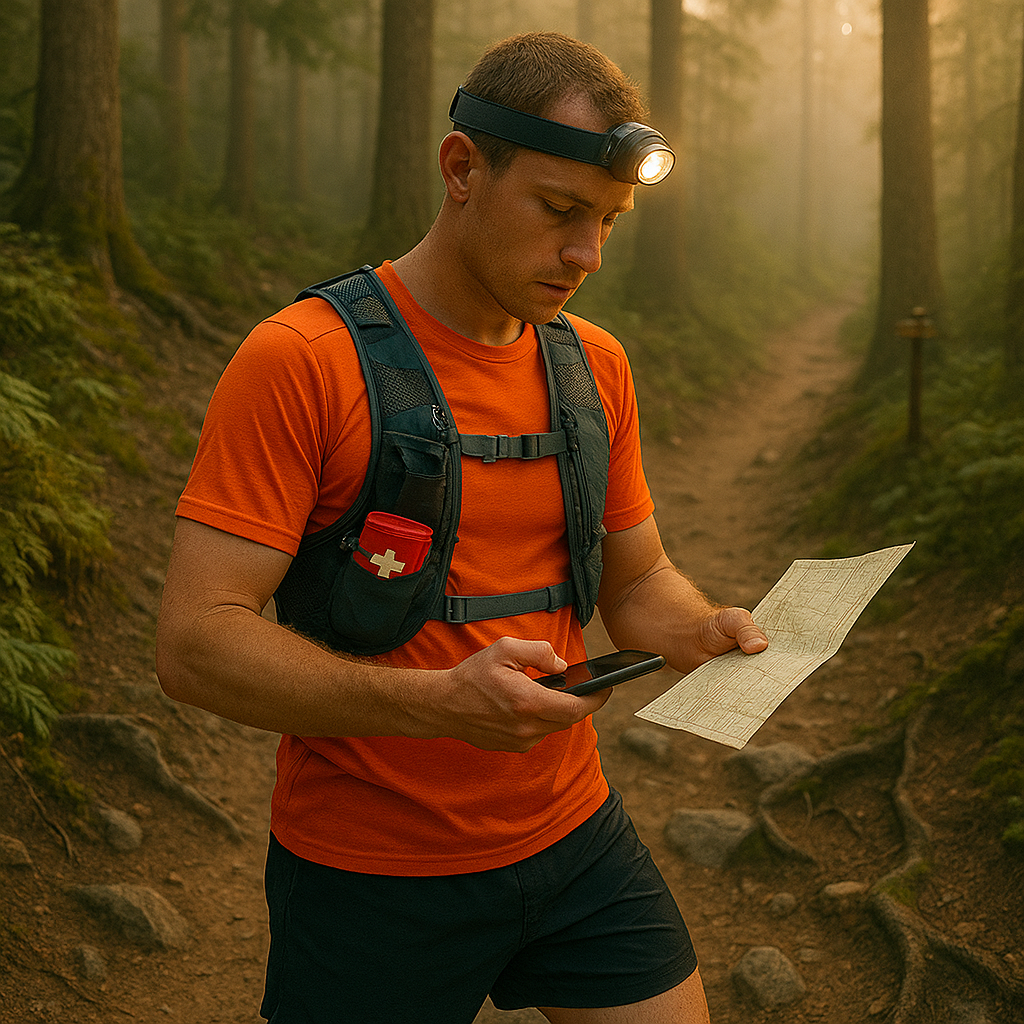
How do I stay safe while trail running?
Why Trail Running Safety Matters
Trail running offers an incredible way to connect with nature, challenge your body, and escape the noise of everyday life. But unlike road running, trails come with unique risks—uneven terrain, remote locations, wildlife, and unpredictable weather. Staying safe while trail running isn’t just about avoiding injury; it’s about being prepared, aware, and confident in your surroundings.
What to Know Before You Hit the Trail
Preparation is your first line of defense. Before you lace up your shoes, take time to research your route. Know the distance, elevation gain, trail conditions, and any potential hazards. Check if the trail is well-marked or if you’ll need navigation tools. Read recent trail reports and weather forecasts to avoid surprises.
- Choose trails that match your experience level
- Download offline maps or bring a physical map
- Let someone know your route and expected return time
- Start early to avoid running in the dark
Essential Safety Gear for Trail Runners
Having the right gear can make all the difference when you’re out on the trail. Here’s what you should always consider bringing:
- Trail running shoes: Designed for grip and stability on uneven terrain
- Hydration system: Hydration vest, handheld bottle, or bladder pack
- Navigation tools: GPS watch, compass, or trail map
- Emergency whistle: For signaling if you’re lost or injured
- First-aid kit: Include bandages, blister pads, antiseptic wipes
- Headlamp: Even if you don’t plan to run in the dark, delays happen
- Multi-tool or knife: Useful for emergencies or gear fixes
- Weather-appropriate clothing: Layers, rain jacket, hat, gloves
How to Navigate and Avoid Getting Lost
Getting lost is one of the most common dangers in trail running. Trails can be poorly marked, and it’s easy to get disoriented. Here’s how to stay on track:
- Use GPS apps: Apps like Gaia GPS, AllTrails, or Strava offer offline maps
- Follow trail markers: Pay attention to blazes, signs, and junctions
- Stay on the trail: Avoid shortcuts or unmarked paths
- Turn back if unsure: If you’re lost, retrace your steps to the last known point
Pro tip: Practice using your navigation tools before you need them. Don’t wait until you’re lost to figure out how your GPS works.
Dealing with Wildlife and Natural Hazards
Nature is beautiful, but it can be unpredictable. Depending on where you run, you might encounter wildlife like bears, snakes, or mountain lions. Here’s how to stay safe:
- Make noise: Talk, clap, or use a bell to avoid surprising animals
- Carry bear spray: In areas where large predators are common
- Know local wildlife: Learn how to react to specific animals in your region
- Watch your step: Snakes often sunbathe on trails
Also, be aware of natural hazards like loose rocks, slippery roots, or fast-moving streams. Take your time and use caution in technical sections.
Preventing Injuries on the Trail
Trail running puts different demands on your body than road running. The uneven terrain can lead to rolled ankles, falls, or muscle strains. Here’s how to reduce your risk:
- Warm up properly: Dynamic stretches and light jogging before hitting the trail
- Strength train: Focus on ankles, core, and glutes for better stability
- Watch your footing: Scan the trail ahead for obstacles
- Use trekking poles: Helpful for steep or technical terrain
Listen to your body. If something feels off, it’s better to cut your run short than risk a serious injury.
Staying Connected and Letting Others Know
One of the golden rules of trail running safety is to never go completely off-grid without telling someone. Here’s how to stay connected:
- Tell someone your plan: Share your route, start time, and ETA
- Use live tracking: Many GPS watches and apps offer real-time location sharing
- Carry a phone: In a waterproof case, with emergency contacts saved
- Consider a satellite communicator: For remote areas with no cell service
Even if you’re running a familiar trail, accidents can happen. Keeping someone in the loop can be a lifesaver.
Weather Awareness and Trail Conditions
Weather can change rapidly, especially in mountainous or forested areas. Always check the forecast before heading out and be prepared for sudden shifts.
- Dress in layers: So you can adjust to changing temperatures
- Avoid trails during storms: Lightning, flash floods, and falling branches are serious risks
- Know when to turn back: If the weather turns dangerous, don’t push through
Also, be mindful of trail conditions. Muddy or icy trails can be slippery and dangerous. Some trails may close seasonally to protect the environment or for maintenance—respect those closures.
Mental Preparedness and Trail Etiquette
Staying safe isn’t just about gear and planning—it’s also about mindset. Stay alert, trust your instincts, and be respectful of others on the trail.
- Stay alert: Avoid zoning out, especially on technical terrain
- Don’t wear both earbuds: Keep one ear open to hear your surroundings
- Yield appropriately: Uphill runners have the right of way; step aside for faster runners or mountain bikers
- Leave no trace: Pack out all trash and respect wildlife
Confidence comes from preparation. The more you practice good trail habits, the more natural they’ll become.
Final Thoughts on Staying Safe While Trail Running
Trail running is one of the most rewarding ways to explore the outdoors—but it requires a bit more forethought than your average jog around the block. By planning ahead, carrying the right gear, staying aware of your surroundings, and respecting nature, you can enjoy every run with peace of mind. Safety doesn’t mean slowing down—it means running smarter, stronger, and with more freedom.
Powered by: aiContent.live





